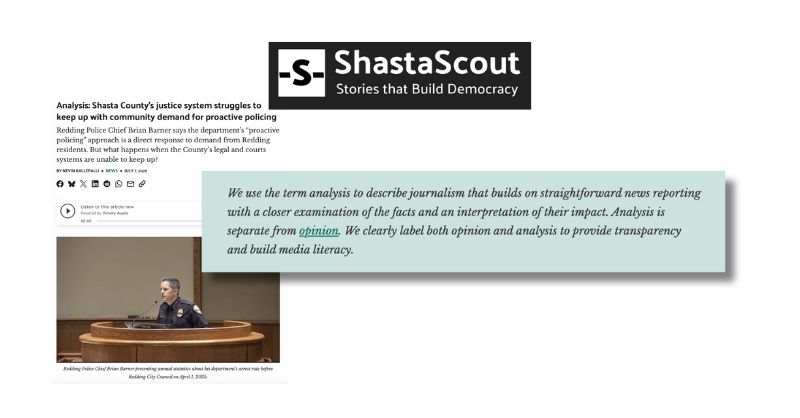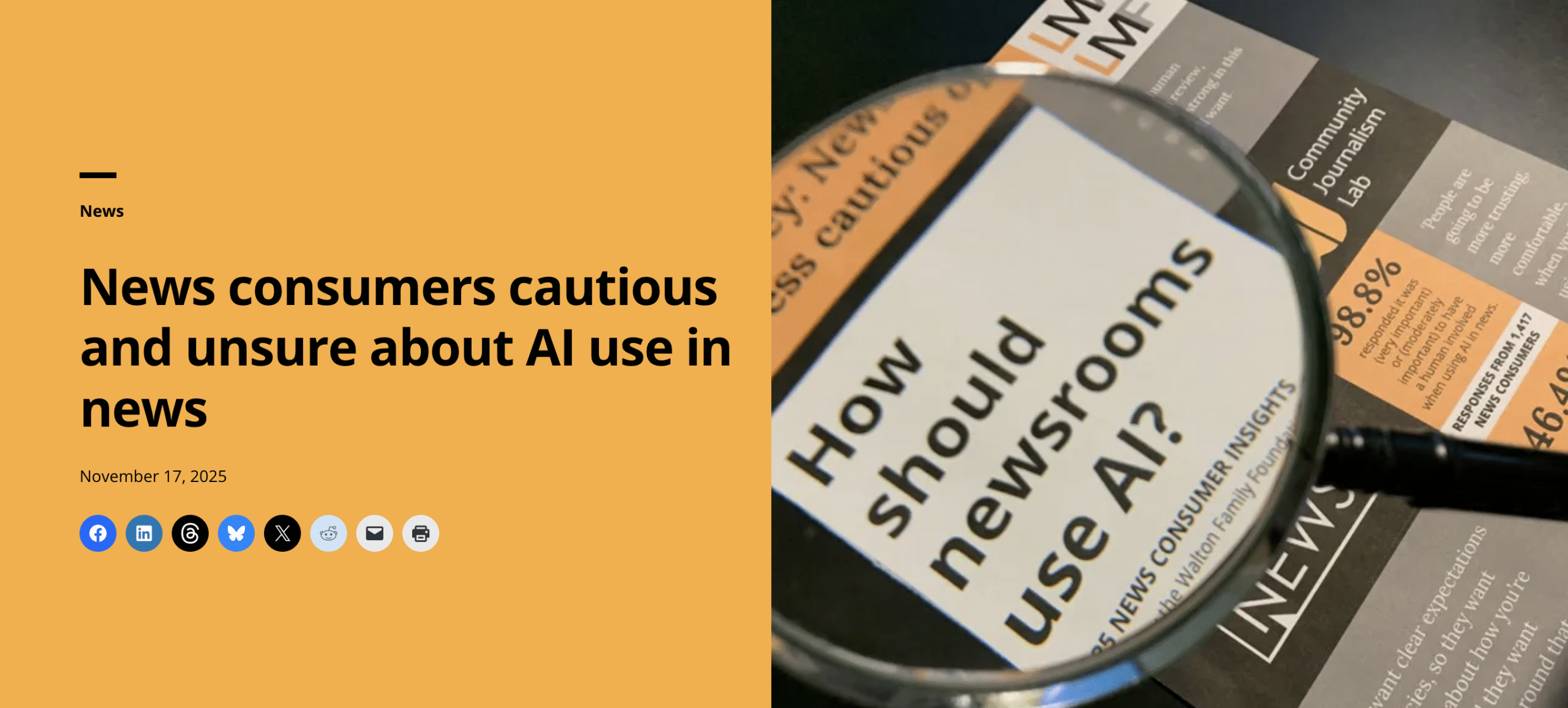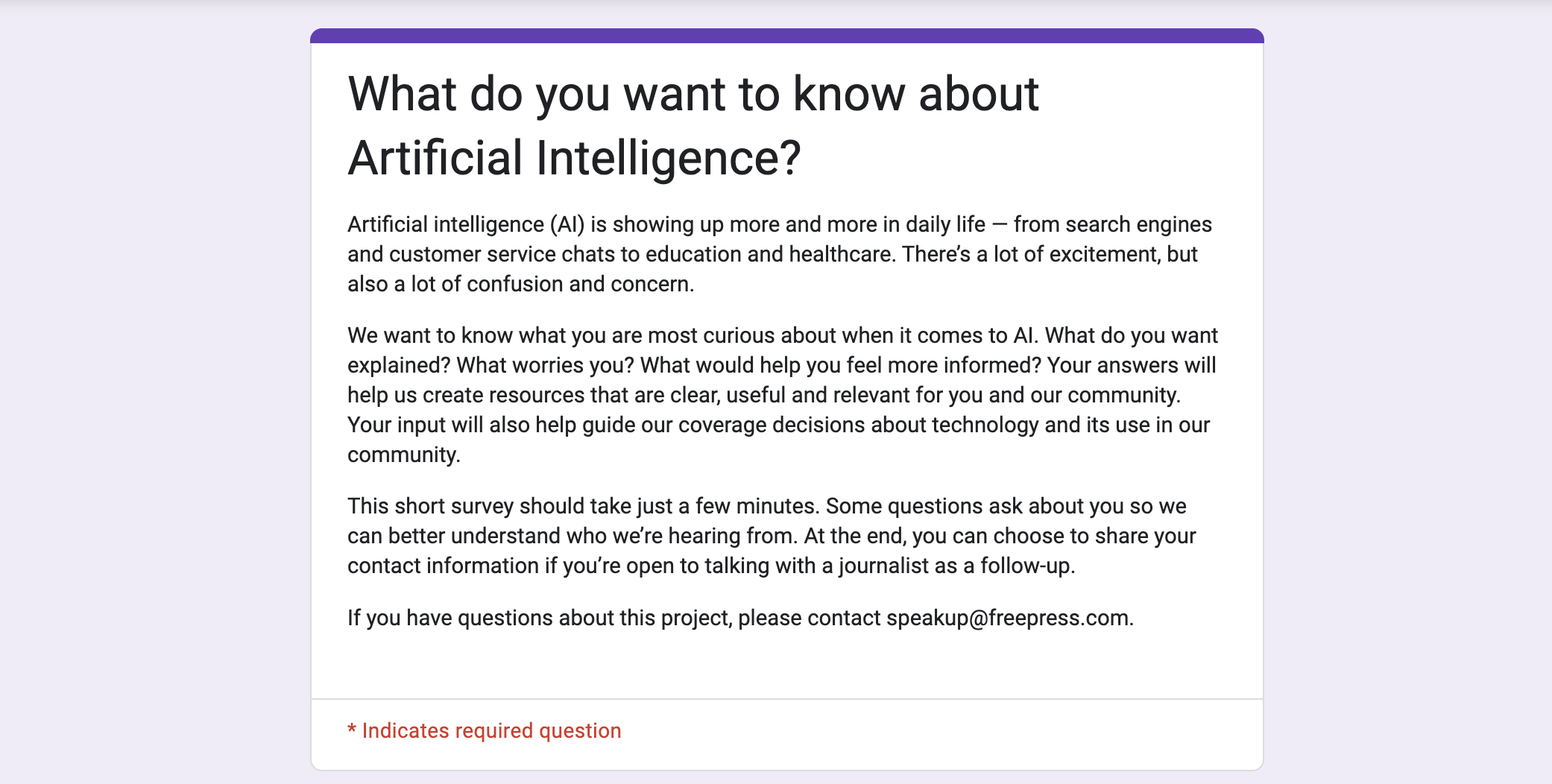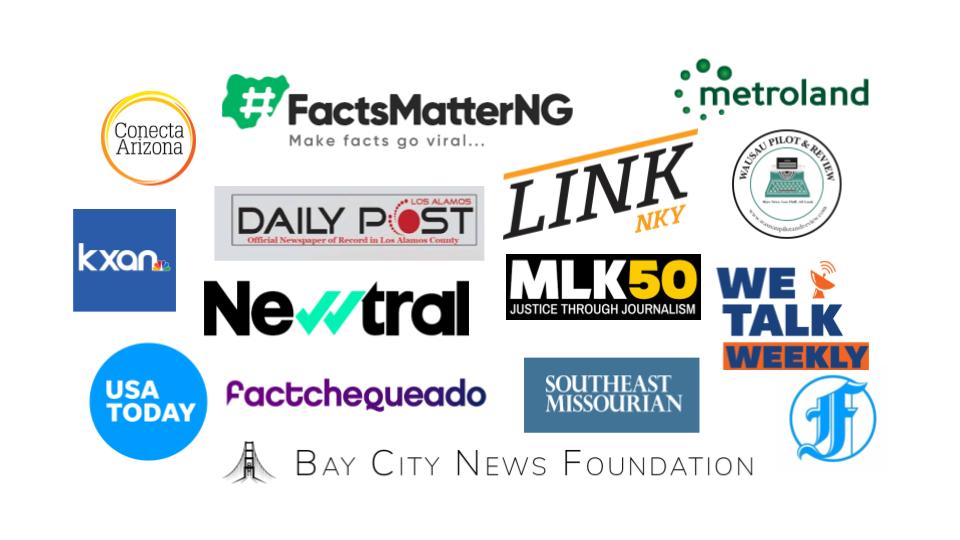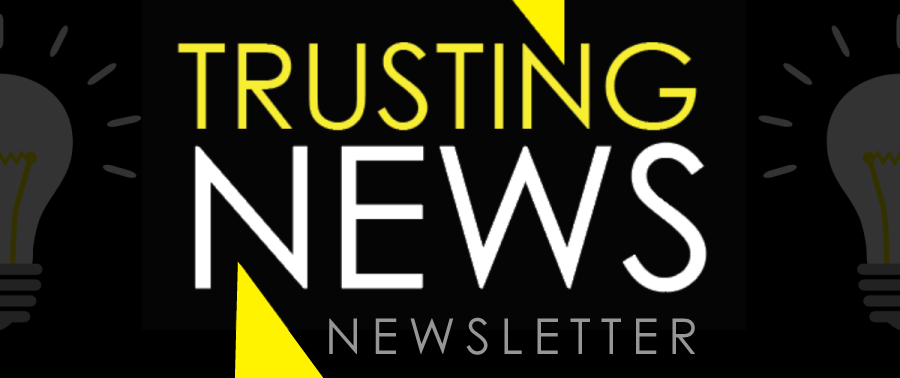
This weekly Trust Tips newsletter shares quick, actionable tips for how journalists can earn and sustain trust. Subscribe to get it in your inbox at trustingnews.org/newsletter.
Today’s trust tip: Make health coverage more useful through clear sourcing and context
Want to get this Trust Tips newsletter in your inbox each Tuesday? Subscribe here.
A new administration always means new proposals and ideas around policies and regulations that impact our lives. This year proposed changes could impact the food we eat, preventative care guidance related to vaccines and more.
Potential changes to healthcare and general well-being guidance are on the table, and public trust in health information is more critical than ever. People want to live long and healthy lives, so they seek out information on these topics. Often they are bombarded with ads, promoted products or influencers sharing the “latest research.” People then quickly begin to believe what they’ve been told without fact-checking or asking if the source of the information is trustworthy.
Misinformation and skepticism about health reporting can have real consequences, influencing public behavior and policy debates. While newsrooms and journalists can’t fully control the information available, and ultimately consumed on these topics, I do think we can improve our health reporting by:
- Explaining sourcing
- Acknowledging concerns without ridicule
- Providing context
1. Explaining sourcing
Audiences often assume journalists pick sources to push an agenda or simply because they’re convenient. To counter this, be transparent about your vetting process. For example:
- If you cross-checked information with other experts, say so.
- If you spoke to multiple sources but only quoted a few, consider adding a note explaining that. If someone provided additional context or pointed you in the direction for more data or another expert, you could share that.
- Be precise. Don’t generalize and write “doctors say…” if you only spoke to two or three. Teach people to expect specificity.
You should also consider sharing why you chose the experts, data sources or officials you did. You could explain:
- Expertise and credibility: Did they have specific qualifications, experience, or unique insights? How did you verify their expertise? Why do you trust that organization’s data or research?
- Diversity of perspectives: Did you seek a range of voices, and if so, why was that important for the story?
- Integrity and conflicts of interest: Did you check whether they had financial or personal ties to the topic? If so, how did you confirm their independence? If your newsroom has standard questions for identifying conflicts of interest, consider sharing that process with your audience.
For more tips on how to be transparent and build trust around your sources, check out our Explain Your Sourcing Trust Kit.
2. Acknowledge concerns without ridicule
Skepticism about health information can come from personal experiences, not ignorance or stubbornness. Dismissing or ridiculing people’s doubts can push them further away from reliable information.
For example, someone who grew up in a family where medication was a last resort — reaching for water or rest before taking ibuprofen — may not be anti-medicine but may view pharmaceutical solutions with caution. That perspective isn’t necessarily rooted in misinformation; it’s shaped by experience. The same applies to more serious concerns, such as hesitancy around vaccines, which can stem from historical medical injustices or distrust of institutions.
Instead of dismissing these concerns outright, journalists should recognize where they come from and provide information in a way that acknowledges those perspectives. That means taking time to understand the reasons behind skepticism, explaining health information in a way that connects with people’s lived experiences, and avoiding a condescending or dismissive tone.
Your Local Epidemiologist does a good job of this in this section of a newsletter focused on vaccine skepticism. The author, Dr. Katelyn Jetelina, explains the validity of questioning.

3. Providing context
A lot of news coverage on medical research is about a “new breakthrough” or “medical miracle.” A lot of these stories share news about really incredible and positive things like people dying less or preventing/curing disease. Those are reasons to be excited and to celebrate but sometimes when sharing the good news, I wonder if we oversell or overpromise because we deliver it that way.
By not mentioning the limitations or including information about potential drawbacks, do we allow others to highlight those and garner more attention? When “the media” doesn’t share something, do skeptics have more reason to believe it?
We don’t want to go too far the other way, though, so the context of effectiveness and success are lost. As Dr. Jetelina points out in that same newsletter:
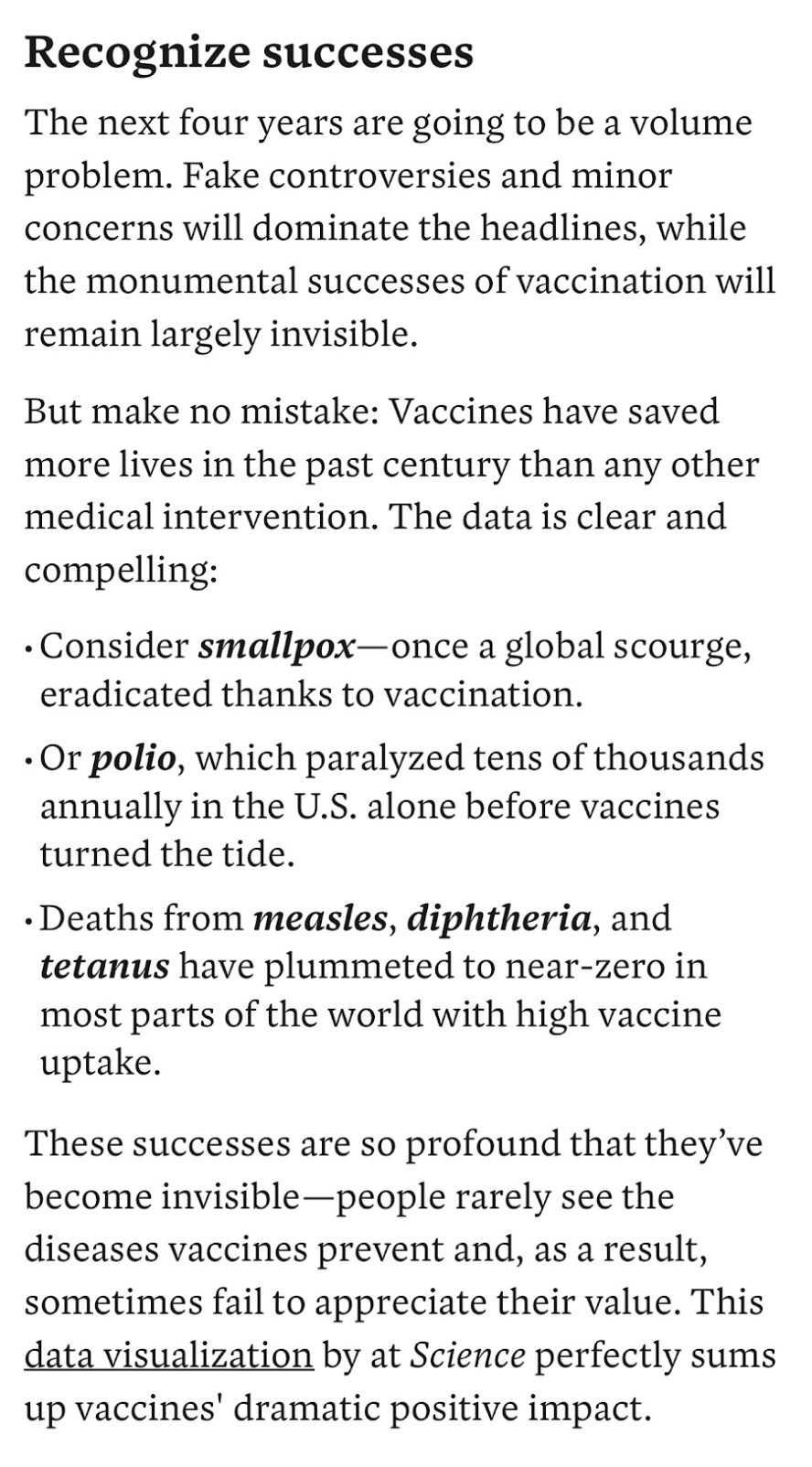
Another context I think that is missing from health stories is the reminder that we are all different, have different genes and different body makeups. What works for one person (just working out and eating healthy, or a grandfather who smoked until he was 90) isn’t going to work for everyone. There are always exceptions, but that doesn’t mean the science and research are wrong.
Also, science and research changes. We keep learning! We shouldn’t frame this as a negative when sharing updated information. An example of this that’s popped up in my life recently: Babies used to sleep in cribs on their stomachs with blankets and stuffed animals. Now that advice has changed, and the number of SIDs deaths have decreased. Does it mean you did it wrong in the past? No! It also doesn’t mean a baby will automatically be harmed if they do sleep in a crib like that. It’s about prevention and the best guidance to keeping a baby safe. Why don’t we try framing it that way, instead of making everything an absolute?
If we explain the context and limitations, can we help people actually understand the recommendation and feel like they are making a choice instead of it just being something they are told to do or feel forced to do? Or that they did something wrong or ate something wrong? Could this help them be engaged with trustworthy and accurate information sources instead of seeking out explanations that resonate with something they doubt about the science or are unsure about?
If you try any of these ideas or what help to brainstorm how, send me an email: Lynn@TrustingNews.org.
At Trusting News, we learn how people decide what news to trust and turn that knowledge into actionable strategies for journalists. We train and empower journalists to take responsibility for demonstrating credibility and actively earning trust through transparency and engagement. Learn more about our work, vision and team. Subscribe to our Trust Tips newsletter. Follow us on Twitter, BlueSky and LinkedIn.

Assistant director Lynn Walsh (she/her) is an Emmy award-winning journalist who has worked in investigative journalism at the national level and locally in California, Ohio, Texas and Florida. She is the former Ethics Chair for the Society of Professional Journalists and a past national president for the organization. Based in San Diego, Lynn is also an adjunct professor and freelance journalist. She can be reached at lynn@TrustingNews.org and on Twitter @lwalsh.
